
Date: 2025-04-02 Page is: DBtxt003.php L0700-CS-CAPITAL-STATE
|
CAPITAL / STATE
Accounting for ALL the Capitals |
|
SOCIAL IMPACT / SOCIAL CAPITAL
Determined by INDIVIDUAL and FAMILY and FRIENDS ... also by PLACE and POLICY |
| HUMAN CAPITAL | RELATIONSHIP CAPITAL | LOCATIONAL CAPITAL | |||
Young Child

The basis for everything important ... |
Grown Adult

... and enabling a positive contribution. |
Family

The family an important part of the social structure |
Community

... as well as good friends and community. |
Place

Everything comes together in a place |
Products

Goods and services accessible and affordable |
| There has been progress in the past 200 years ... but still far too many people left behind, and not being addressed | |||||
|
ENVIRONMENTAL IMPACT / NATURAL CAPITAL
Social and Economic Progress linked to Massive Degradation of Natural Capital |
LAND

|
WATER

|
AIR

|
RESOURCES

|
BIODIVERSITY

|
ECOSYSTEMS
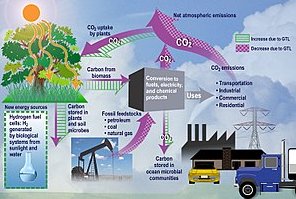
|
| Nature has been exploited, depleted and degraded to improve quality of life ... but this is NOT sustainable. | |||||
|
ECONOMIC IMPACT / ECONOMIC CAPITAL
Economic performance linked to massive depletion and degradation of Natural Capital |
| FINANCIAL CAPITAL | PHYSICAL CAPITAL | INTANGIBLE CAPITAL | |||

|
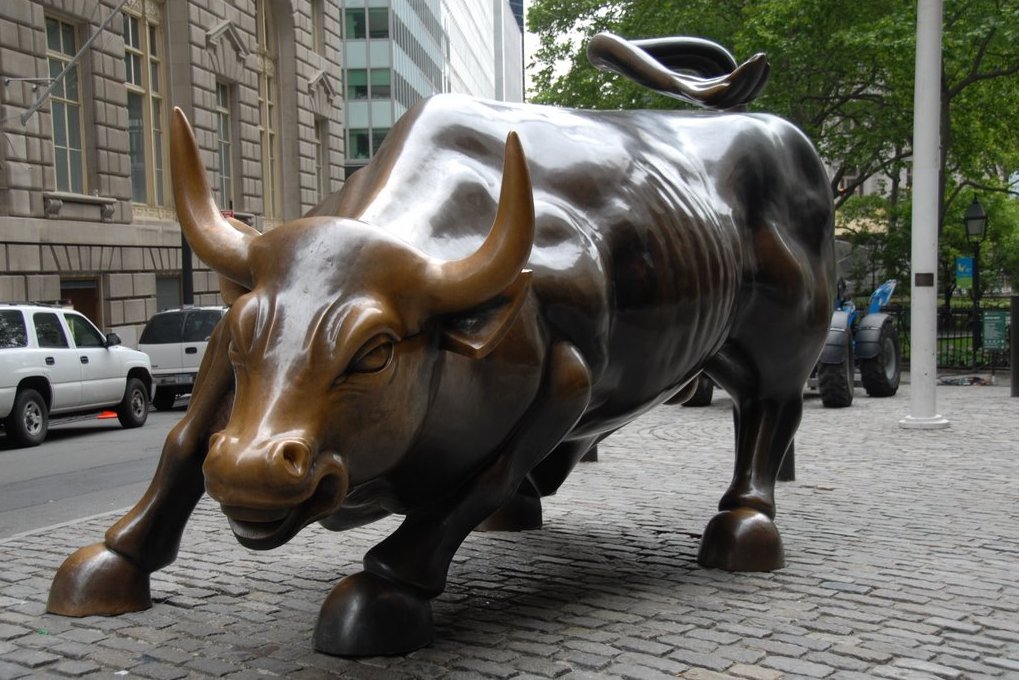
|

|

|
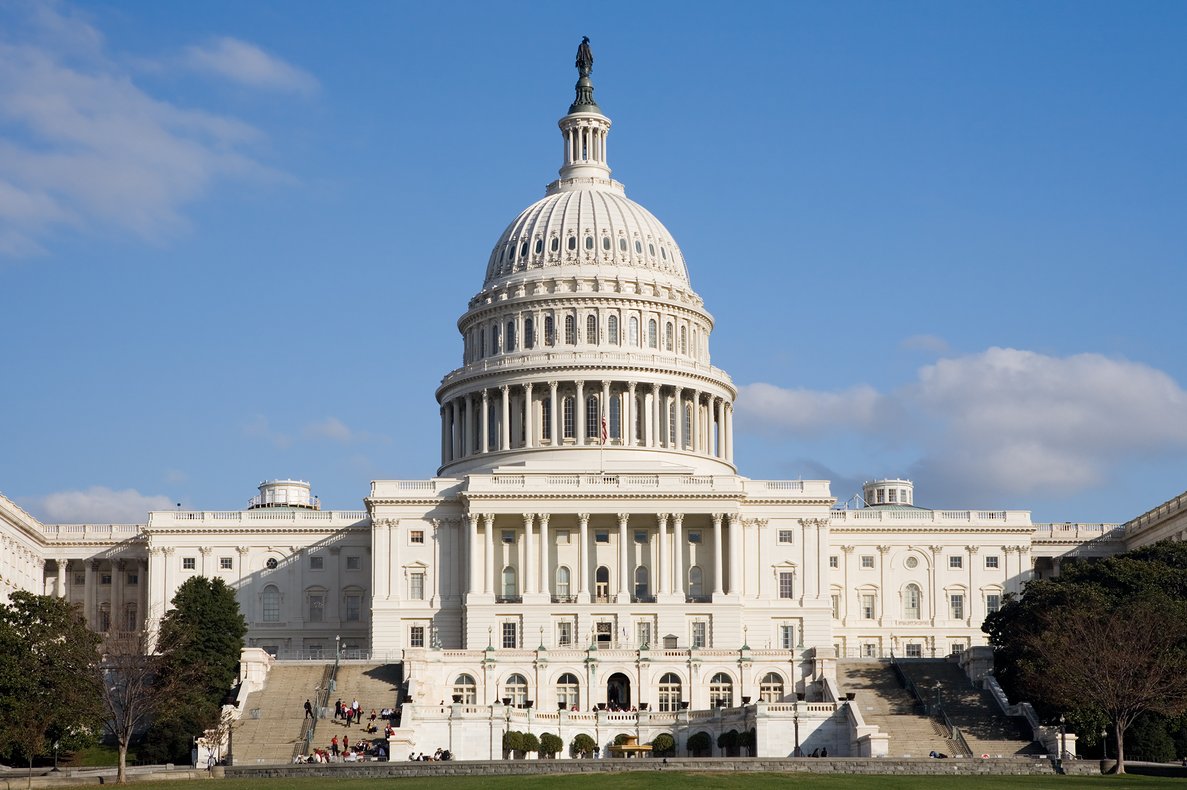
|

|
| Huge expansion of financial wealth, but excessivly concentrated. Amazing innovation mainly to improve profit performance. | |||||
| . |
| The ECONOMY: FINANCIAL CAPITAL |

Investors have done very well |

Stock market has been spectacular |

But Genuine Progress Indicator not so good |
THE FINANCIAL ECONOMY
The financial economy has grown robustly since the 1980s. Much of this growth has come from the concentration of economic power by both individuals and corporate organizations at the expense of everyone else. | ||
| The ECONOMY: PHYSICAL CAPITAL |

Modern city skyscapes are impressive |
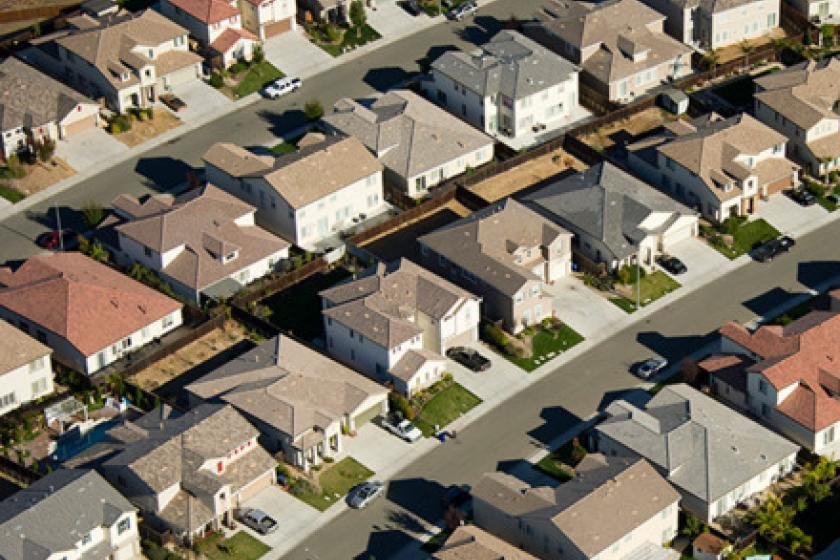
Quite good buildings, but poor communities |
Buildings
Many modern buildings cater to the financial sector. Major industrial buildings have located in low wage low regulation countries. Housing optimizes for financial performance much more than social performance. | |||

Bridges are essential for transport networks |

Rail is very important for goods and passengers |
Infrastructure
A complete complex infrastructure is essential for a modern economy. Well developed economies have these infrastructures, while less developed economies do not. Degradation of infrastructure will most likely result in a degradation of the economy as a whole. | |||
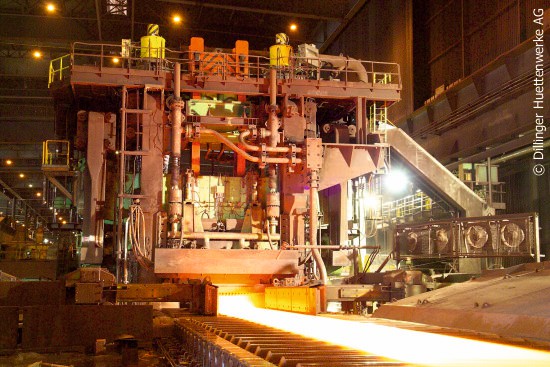
Steel - very efficient but energy intensive |

Petro-chemicals - not good for the environment |

Cement - huge energy in the product |
Industrial Processes
A complete complex infrastructure is essential for a modern economy. Well developed economies have these infrastructures, while less developed economies do not. Degradation of infrastructure will most likely result in a degradation of the economy as a whole. | ||

Container shipping makes modern trade possible |

Huge quantities of freight travel by rail |
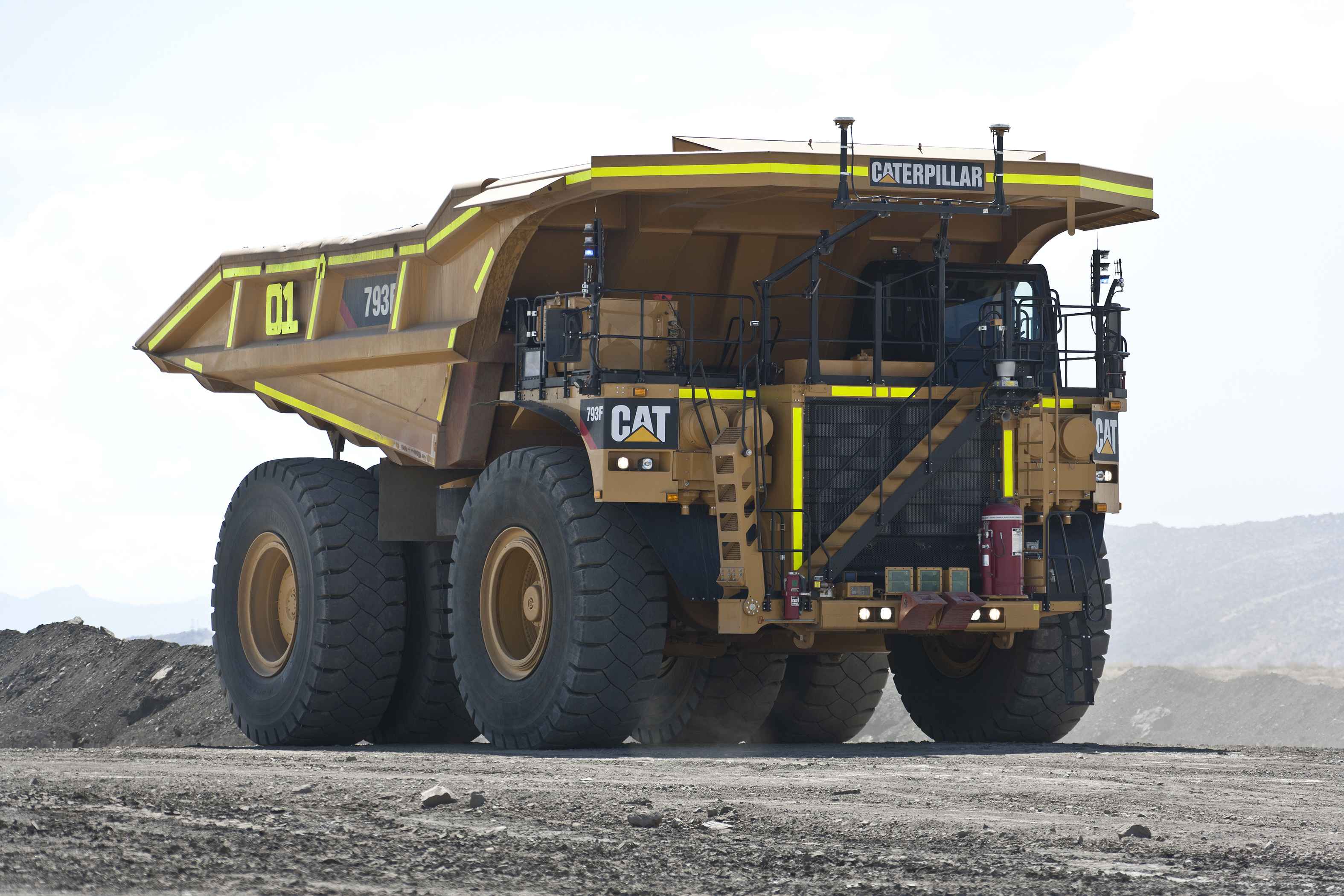
Mining has very specialized vehicles |
Transport
Transport systems have been transformed over the past several decades and makes modern trade possible and profitable | ||

|

Massive amount of inventory, few workers |
|
Inventory
Working capital is still vital to an efficient economic system, but major progress in systems like 'just-in-time' scheduling and e-commerce has changed everything, and there are no indications that the disruption is at an end. | ||
| The ECONOMY: INTANGIBLE CAPITAL |
|
Einstein ... an iconic figure that changed the world |

Education needs to be about sharing knowledge |
Knowledge Capital
Knowledge is a foundational resource for modern progress, but there are issues about how it should be managed. One view is that knowledge should be owned by a proprieter and another view is that knowledge is most useful when it is accessible by everyone | |||

Governance, rule of law, system of justics |
Enterprise ecosystem of many organizations |
|
Institutional Capital
Institutions complement the individual in important and complex ways. The difficulties associated with the conflicts between the goals of an individual and the needs of a society are well documented through the ages. The Greeks articulated the idea of 'Demos' which survives in a very different form in modern democracy. | ||

Danse celebrates beauty and the human spirit |
Enterprise ecosystem of many organizations |
|
Cultural Capital
Dance, music, art, tradition, ... all sorts of good things that make life worth living. | ||
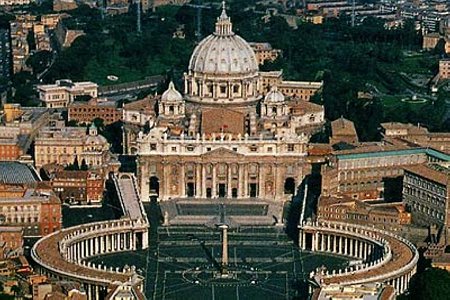
Religion has been a huge influence on the world |
|
|
Religion / Spiritual Capital
Religion has been a central part of society for thousands of years. Religion has been a great power for good, and also has been used in a variety of evil ways. The decline of religion and associated codes of behavior is a social destabilization that is of concern as are the connections between religious ideologies, social media and extreme violence | ||
| . |
|
SOME DIALOG ABOUT CAPITAL
What is essential is that the concept of CAPITAL includes everything! | GO TOP |
| INPAGE NAVIGATION | SITE NAVIGATION |
|
CAPITALS The critical concept is that there should be accountability for the impact on ALL of capital, not merely financial capital. | |
|
FRAMING THE CAPITAL QUESTION
This framing by Bojan Radej et al uses a 4 capital segmentation | GO #Bojan-Radej |
|
7 DIMENSION CAPITALISM by TVM
This 7D Capital approach was proposed by TVM in 2015. It has subsequengly been modified as a 6 Capital segmentation that maps very well to some of the other initatives for analysis and reporting.
The People Dimension: (1) ... Human Capital; (2) ... Social Capital; The Man Built Systems and Structures: (3) ... Financial Capital; (4) ... Physical Capital; (5) ... Knowledge Capital; (6) ... Institutional Capital; Nature and Natural Systems (7) ... Natural Capital The key concept proposed for this analytical framework is not the number of capitals and the precise way the capitals are segmented but the idea that ALL capitals should be included in the analytical framework and not simply the financial capital. For the purpose of analysis, the idea of capital and the idea of 'state' are the same. This is convenient in so far as this makes the TVIA analysis approach work in a similar way to the way conventional double entry accounting works. |
| Open list0300-7D-Capitalism | |
| Open list0300-7D-Capitalism-AAA |
|
A THREE (3) SEGMENT FRAMING OF CAPITAL
An approach proposed by TVM in 2016 ... simple and includes ALL of Capital The 3 Main Segments of Capital: ... HUMAN CAPITAL; ... NATURAL CAPITAL; ... CREATED CAPITAL (which includes FINANCIAL CAPITAL) Over a long period of time, PEOPLE have worked to create CREATED CAPITAL in order to exploit NATURAL CAPITAL to achieve a better QUALITY OF LIFE. The process has been very successful BUT in the last century the depletion and damage to NATURAL CAPITAL has the potential to make the system unsustainable. This has been aggravated by the use of MONEY and FINANCIAL WEALTH as a dominant part of the decision making processes! |
|
MULTIPLE SUB-SEGMENTS OF CAPITAL
Multiple sub-segments that are congruent with multiple units of account
HC - HUMAN CAPITAL: (1) ... Human (Personal) Capital; and (2) ... Social (Community / Relational) Capital. NC - NATURAL CAPITAL: (1) ... Land; (2) ... Water; (3) ... Air; (4) ... Ecosystem Services; (5) ... Water; (6) ... Mineral Resources; and (7) ... Energy Resources. CPC - CREATED PHYSICAL CAPITAL: (4) ... Physical Capital; CFC - CREATED INTANGIBLE CAPITAL: (5) ... Intangible Capital. CFC - CREATED FINANCIAL CAPITAL: (1) ... Financial Capital. The main UNITS OF ACCOUNT ...... units of account for MONEY ............ one for each CURRENCY ...... there are units of account for PEOPLE ............ one for LIFE ITSELF ............ one for QUALITY OF LIFE (perhaps with further sub-divisions) ...... there will be several units of account for NATURE ............ one for LAND ............ one for WATER ............ one for AIR ............ one for Carbon/GHG/Climate ............ one for BIO-DIVERSITY ............ one for ECOSYSTEM SERVICES In the TVA data architecture there are multiple PERSPECTIVES which are similar to REPORTING ENTITIES as routinely used in conventional accounting: ...... ORGANIZATION ...... PEOPLE ...... COMMUNITY ...... PLACE ...... PROCESS ...... PRODUCT In addition there are STREAMS / STRANDS / STRINGS because of the importance of these in FLOWING through the SEES in a multitude of complex ways. These are ways that each of the REPORTING ENTITIES has impact on multiple capitals as the element flows through the system both in terms of space and in terms of time. |
|
EXAMPLES
Most of the EXAMPLES do not incorporate ALL the capitals |
|
CORPORATE GOVERNANCE ... Capitalism for the Long Term
Dominic Barton ... Harvard Business Review 2011 Dominic Barton is the global managing director of McKinsey & Company and a trustee of the Brookings Institution. TPB Note: Several well known names in economic history and current financial economy leadership are referred to in this essay which makes the point that in the long run a business that does not deliver social good cannot exist, but in the short run all sorts of bad outcomes are possible, including issues like excessive executive pay, short term high frequency stock market trading . |
| Open PDF ... The-Four-Capital-Model-by-Bojan-Radej | |||
|
Aggregation Problem in Evaluation of Sustainable Development ... by-Bojan-Radej
Abstract: Evaluators of large-scale policy interventions have an aggregation problem (Scriven) arising from incommensurability of assessed policy impacts. Leopold et al. recognised this and left evaluation results in a disaggregated form. However, they failed to observe that cross-sectional impacts are at least weakly commensurable. Ekins and Medhurst have acknowledged this, but did not implement the finding consistently. When inconsistency is removed, fragmented results are first partly aggregated into a square input-output matrix of impacts on the meso level, and then synthesised correlatively. The aggregation problem is further studied in a horizontal perspective by extending Dopfer et al.’s classification of Meso 1, 2 and 3 sub-levels of synthesis with Meso 2a and 2b. One of our conclusions is that a precondition for neutral evaluation of complex policy intervention is not only an objective analysis of policy impacts but also a consistent synthesis of poorly compatible and value laden detailed evidence. TPB Note: The aggregation problem is major constraint to enabling timely discussion of socio-enviro-economic performance. Financial performance is the subject of real time analysis by the investment community, but everything to do with social impact and environmental impact is not part of this conversation ... rather it gets attention once in a while whereas the financial performance is real time. I argue that a lot of data are available, but no way to aggegate. The work done here by Bojan Radej can be helpful in resolving this constraint. | http://www.truevaluemetrics.org/DBpdfs/Economics/OECD/Bojan-Radej-Apples-and-Oranges-Apr-4-2016.pdf' Bojan-Radej-Apples-and-Oranges-Apr-4-2016.pdf' | Open PDF ... Bojan-Radej-Apples-and-Oranges-Apr-4-2016.pdf |
| Multiple Capitals ... essential foundation for value / impact accountancy | |||||||
|
Six Capitals ... BOOK by JANE GLEESON-WHITE
‘Six Capitals or Can Accountants Save the Planet' |
Open file 13599
|
Six Capitals ... BOOK by JANE GLEESON-WHITE
| ‘Six Capitals or Can Accountants Save the Planet'
Open external link
|
6-Capitals-Can-accountants-save-the-world-book-review
| 'http://truevaluemetrics.org/DBpdfs/Capitals/6-Capitals-Can-accountants-save-the-world-book-review.pdf'
Open PDF ...
6-Capitals-Can-accountants-save-the-world-book-review
|
Can-The-Accountants-Save-The-Planet-excerpt-review-AFR-October-2014
| 'http://truevaluemetrics.org/DBpdfs/Can-The-Accountants-Save-The-Planet-excerpt-review-AFR-October-2014.pdf'
Open PDF ...
Can-The-Accountants-Save-The-Planet-excerpt-review-AFR-October-2014
| |
|
SOCIAL CAPITAL / QUALITY OF LIFE
... m
Determined in part by the INDIVIDUAL and FAMILY and FRIENDS Determined in part by PLACE: Access to goods and services ... and community | |||||
An Individual

A better quality of life for everyone ... more |
The Family

The family an important part of the social structure |
The Community

Good friends and community positive for quality of life |
The Place

Everything comes together in a place ... or doesn't ... more |
Nature

The environment really matters ... for health and sustainability ... m |
The Economy

The dignity of work, and source of everything to enable the good life ... m |
| HAPPINESS ... m | Housing ... more | Material goods ... m | Opportunities ... m | Preparation ... m | Employment ... more | Income ... more | Wealth ... more |
| Good health ... more | Family ... more | Community ... more | Stress ... more | Longevity ... more | |||
| PLACE ... more | Clean air ... more | Clean water ... more | Good Food ... more | Energy ... more | Health service ... m | Education ... more | Transport ... more |
| Safety ... more | Religion ... more | Recreation ... more | Culture ... more | Community ... more |
|
NATURAL CAPITAL / ENVIRONMENT
... m
Social and Economic Progress has been achieved by the depletion and degradation of Natural Capital | |||||
|
LAND Natural 
Essential habitat for all sorts of living organizms ... more |
LAND Agricultural 
Huge land areas now used for agriculture |
LAND Built up 
Much land now built over with various types of economic development |
FRESH AIR 
Fresh air is very good for human health and longevity ... more |
FRESH WATER 
Without water there is no life, and now becoming increasingly scarce ... m |
OCEAN WATER 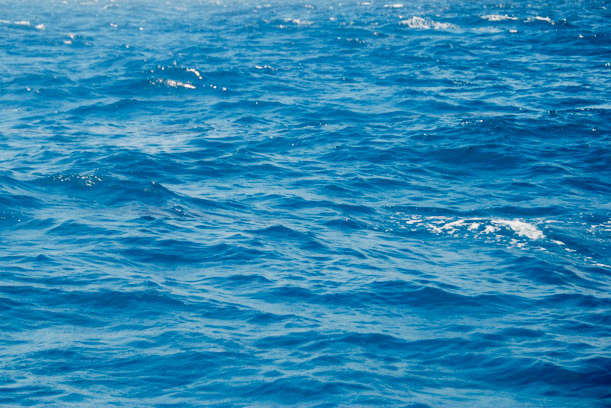
A huge energy sink, and where all the world's garbage accumulates ... m |
MINERAL RESOURCES

The raw materials for most of the useful products we use every day ... m |
FOSSIL FUELS 
The sources of power that made the industrial revolution possible ... m |
CLIMATE SYSTEMS 
The essential mechanisms that have kept the climate stable until now ... m |
ECOLOGICAL SYSTEMS

The many mechanisms that serve to recycle everything in nature ... m |
BIODIVERSITY - FAUNA

Animals, birds, fish, reptiles, insects and other life forms ... m |
BIODIVERSITY - FLORA

Millions of species of plants that occupy a complex ecosystem ... m |
|
ECONOMIC CAPITAL / FINANCIAL WEALTH
... m
Social and Economic Progress has been achieved by the depletion and degradation of Natural Capital |
PHYSICAL CAPITAL
All of the people built systems and structures that make the modern economy function. ... m |
Buildings

Buildings provide shelter and places to work but very inefficient ... m |
Infrastructure

Many sorts of infrastructure are essential for a modern economy ... m |
Processes

Modern production processes have become very efficient but energy intensive ... m |
Transport

Transport and logistics are enabling global trade and sustainable development ... m |
Working Capital

Inventory, receivables and financial liquidity are essential to a viable society and economy ... m |
OTHER ECONOMIC CAPITALS
More people built systems and structures that make the modern economy function. |
FINANCIAL

Money makes the world go round, but it is only a lubricant ... m |
KNOWLEDGE

Education is foundational and essential for a better world ... m |
INSTITUTIONAL

Organizations, rule of law, etc make an enabling environment ... m |
CULTURAL

Dance, music, tradition, religion ... all sorts of good things that make life worth living ... m |
LOCATIONAL

Place is where everything comes together and makes a difference ... m |
|
HUMAN CAPITAL
PEOPLE / QUALITY OF LIFE / COST OF LIVING / CONTRIBUTION TO SOCIETY Human Capital / Babies / Families / Healthy Food 


| Open L0700-CS-SC-HC-HUMAN-CAPITAL |
|
RELATIONSHIP CAPITAL
PEOPLE IN GROUPS / IN COMMUNITIES / IN SOCIETY Families / Friends / Communities / Connections 


| Open L0700-CS-SC-RC-RELATIONSHIP-CAPITAL |
| NATURAL CAPITAL | Open L070-CS-NC-NATURAL-CAPITAL |
|
NATURAL CAPITAL
NATURE / NATURAL SYSTEMS / NATURAL RESOURCES Planet Earth / Land/ Air / Water / Trees / Storms / 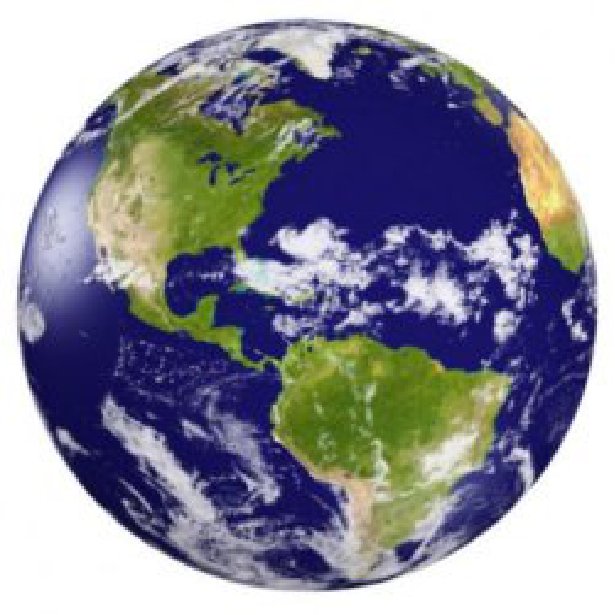
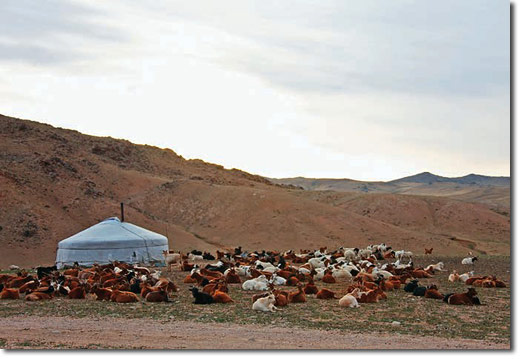

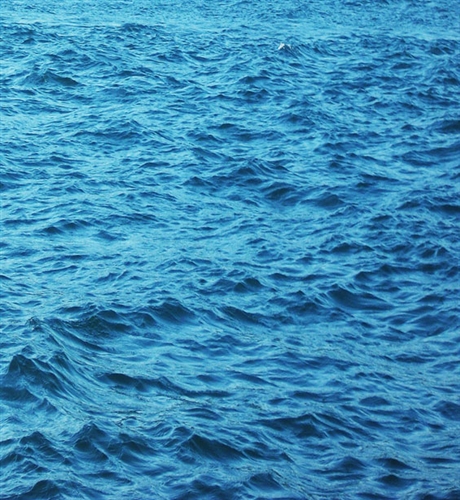



|
| ECONOMIC CAPITAL | Open L070-CS-EC-ECONOMIC-CAPITAL |
|
FINANCIAL CAPITAL
MONEY WEALTH / MONETIZED VALUE Money / Profit growth / GDP growth / Stock Prices / Cost push inflation / Wages chasing prices 





| Open L0700-CS-EC-FC-FINANCIAL-CAPITAL |
|
PHYSICAL CAPITAL
BUILDINGS / INFRASTRUCTURE / MACHINERY AND EQUIPMENT / TRANSPORT EQUIPMENT Indusrial Plant / Buildings / Vehicles / Bridges / Rail / Water / Ports / 




| Open L0700-CS-EC-PC-PHYSICAL-CAPITAL |
| INTANGIBLE CAPITAL |
|
INSTITUTIONAL CAPITAL
RULE OF LAW / SECURITY / KNOWLEDGE / INSTITUTIONS / CULTURE / LOCATION / ETC. Laws / Justice / Security / Knowledge / Culture 





| Open CS-EC-IC-INSTITUTIONAL-CAPITAL |
|
SOME DIALOG ABOUT CAPITAL
What is essential is that the concept of CAPITAL includes everything! | GO TOP |
| INPAGE NAVIGATION | SITE NAVIGATION | ||
|
CAPITALS
The critical concept is that there should be accountability for the impact on ALL of capital, not merely financial capital. | |||
|
FRAMING THE CAPITAL QUESTION
This framing by Bojan Radej et al uses a 4 capital segmentation | GO #Bojan-Radej | ||
|
7 DIMENSION CAPITALISM by TVM
This 7D Capital approach was proposed by TVM in 2015. It has subsequengly been modified as a 6 Capital segmentation that maps very well to some of the other initatives for analysis and reporting.
The People Dimension: (1) ... Human Capital; (2) ... Social Capital; The Man Built Systems and Structures: (3) ... Financial Capital; (4) ... Physical Capital; (5) ... Knowledge Capital; (6) ... Institutional Capital; Nature and Natural Systems (7) ... Natural Capital The key concept proposed for this analytical framework is not the number of capitals and the precise way the capitals are segmented but the idea that ALL capitals should be included in the analytical framework and not simply the financial capital. For the purpose of analysis, the idea of capital and the idea of 'state' are the same. This is convenient in so far as this makes the TVIA analysis approach work in a similar way to the way conventional double entry accounting works. |
Open list0300-7D-Capitalism
Open list0300-7D-Capitalism-AAA |
|
A THREE (3) SEGMENT FRAMING OF CAPITAL
An approach proposed by TVM in 2016 ... simple and includes ALL of Capital The 3 Main Segments of Capital: ... HUMAN CAPITAL; ... NATURAL CAPITAL; ... CREATED CAPITAL (which includes FINANCIAL CAPITAL) Over a long period of time, PEOPLE have worked to create CREATED CAPITAL in order to exploit NATURAL CAPITAL to achieve a better QUALITY OF LIFE. The process has been very successful BUT in the last century the depletion and damage to NATURAL CAPITAL has the potential to make the system unsustainable. This has been aggravated by the use of MONEY and FINANCIAL WEALTH as a dominant part of the decision making processes! | |||
|
MULTIPLE SUB-SEGMENTS OF CAPITAL
Multiple sub-segments that are congruent with multiple units of account
HC - HUMAN CAPITAL: (1) ... Human (Personal) Capital; and (2) ... Social (Community / Relational) Capital. NC - NATURAL CAPITAL: (1) ... Land; (2) ... Water; (3) ... Air; (4) ... Ecosystem Services; (5) ... Water; (6) ... Mineral Resources; and (7) ... Energy Resources. CPC - CREATED PHYSICAL CAPITAL: (4) ... Physical Capital; CFC - CREATED INTANGIBLE CAPITAL: (5) ... Intangible Capital. CFC - CREATED FINANCIAL CAPITAL: (1) ... Financial Capital. The main UNITS OF ACCOUNT ...... units of account for MONEY ............ one for each CURRENCY ...... there are units of account for PEOPLE ............ one for LIFE ITSELF ............ one for QUALITY OF LIFE (perhaps with further sub-divisions) ...... there will be several units of account for NATURE ............ one for LAND ............ one for WATER ............ one for AIR ............ one for Carbon/GHG/Climate ............ one for BIO-DIVERSITY ............ one for ECOSYSTEM SERVICES In the TVA data architecture there are multiple PERSPECTIVES which are similar to REPORTING ENTITIES as routinely used in conventional accounting: ...... ORGANIZATION ...... PEOPLE ...... COMMUNITY ...... PLACE ...... PROCESS ...... PRODUCT In addition there are STREAMS / STRANDS / STRINGS because of the importance of these in FLOWING through the SEES in a multitude of complex ways. These are ways that each of the REPORTING ENTITIES has impact on multiple capitals as the element flows through the system both in terms of space and in terms of time. |
|
EXAMPLES
Most of the EXAMPLES do not incorporate ALL the capitals |
|
|
CORPORATE GOVERNANCE ... Capitalism for the Long Term
Dominic Barton ... Harvard Business Review 2011 Dominic Barton is the global managing director of McKinsey & Company and a trustee of the Brookings Institution. TPB Note: Several well known names in economic history and current financial economy leadership are referred to in this essay which makes the point that in the long run a business that does not deliver social good cannot exist, but in the short run all sorts of bad outcomes are possible, including issues like excessive executive pay, short term high frequency stock market trading . | Open file 11709 |
|
|
THE FOUR CAPITAL MODEL, MATRIX AND ACCOUNTS ... by-Bojan-Radej
Abstract: The sustainability imperative can be translated into a claim for homothetic growth (Giraud, 1996) which equalises growth opportunities for all forms of capital: economic, social, human and natural. In order to apply this imperative, policymakers need empirical and analytically rigorous tools to present interactions between capitals as multiple and parallel. For this purpose Ekins and Medhurst (2003) compiled the four capital model based on the combined quantitative-qualitative methodology of ‘sustainability assessment framework’ that is derived from impact assessment methodology. This expert-based assessment technique is well-known in ecological and sustainable economics. The paper finds that Ekins and Medhurst applied microscopic (project) assessment approach for studying macroscopic phenomena such as development programmes consisting of tens or hundreds projects. The methodological consequence is that they could not fully utilize the potential of the model in its complexity. Thus, a more orthodox formulation is proposed which at first transforms the sustainability assessment framework into the standard Leontief’s (1970) input-output matrix from which the standard accounting tool – an integrated system of capital accounts – is derived. It is only after this adjustment of the starting model that one can tell not only how the realisation of the particular policy, plan or programme will influence each of the four forms of capital; but more relevantly, one can identify also all trade-offs and synergies that would be initiated with these policies amongst the forms of capital themselves. Recognition of these multiple relations appears as a precondition for balanced sustainable wealth creation. http://www.truevaluemetrics.org/DBpdfs/Economics/OECD/The-Four-Capital-Model-by-Bojan-Radej.pdf TPB Note: These four capitals are: ... Economic Capital ... Human Capital ... Social Capital ... Natural Capital They reflect ALL the capital and are a different segmentation of the total arising from the different background of the author and the purpose of his work. In the prevailing TVIA primary segmentation of PEOPLE; NATURE and CREATED PEOPLE BUILT CAPITAL the mapping merges Social Capital into PEOPLE and CREATED CAPITAL At the second level Economic Capital which approximates to CREATED CAPITAL disaggregates into Created Financial Capital, Created Physical Capital and Created Intangible Capital At a third level of disaggregation capitals are further segmented in order to reflect the manner in which the whole of the socio-enviro-economic system (SEES) works together and is interconnected in both simple and complex ways. While the work of Bojan Radej maps neatly into the thinking associated with economists and social scientists, the TVIA segmentation maps better into the functional accounting and financial analysis associated with the corporate organization (accounting and management information) and stock markets (stock prices and financial analysis) | Open PDF ... The-Four-Capital-Model-by-Bojan-Radej |
|
|
Aggregation Problem in Evaluation of Sustainable Development ... by-Bojan-Radej
Abstract: Evaluators of large-scale policy interventions have an aggregation problem (Scriven) arising from incommensurability of assessed policy impacts. Leopold et al. recognised this and left evaluation results in a disaggregated form. However, they failed to observe that cross-sectional impacts are at least weakly commensurable. Ekins and Medhurst have acknowledged this, but did not implement the finding consistently. When inconsistency is removed, fragmented results are first partly aggregated into a square input-output matrix of impacts on the meso level, and then synthesised correlatively. The aggregation problem is further studied in a horizontal perspective by extending Dopfer et al.’s classification of Meso 1, 2 and 3 sub-levels of synthesis with Meso 2a and 2b. One of our conclusions is that a precondition for neutral evaluation of complex policy intervention is not only an objective analysis of policy impacts but also a consistent synthesis of poorly compatible and value laden detailed evidence. http://www.truevaluemetrics.org/DBpdfs/Economics/OECD/Bojan-Radej-Apples-and-Oranges-Apr-4-2016.pdf' TPB Note: The aggregation problem is major constraint to enabling timely discussion of socio-enviro-economic performance. Financial performance is the subject of real time analysis by the investment community, but everything to do with social impact and environmental impact is not part of this conversation ... rather it gets attention once in a while whereas the financial performance is real time. I argue that a lot of data are available, but no way to aggegate. The work done here by Bojan Radej can be helpful in resolving this constraint. | Open PDF ... Bojan-Radej-Apples-and-Oranges-Apr-4-2016.pdf |
|
Shared Value Reporting by True Price
From True Price | |||||||||||||||||

698 400 |
True Price is embracing ALL the capitals as does the TVIA initiative. The segmentation is as follows:
| Open file 12899 | Open pdf ... TruePrice-Integrated-Profit-and-Loss-Creating-Shared-Value-with-Integrated-Thinking | ||||||||||||||
|
AN 8 CAPITAL CONSTRUCT
From Appleseed Permaculture | |||||||||||||||||||||

|
| Open file 12686 | |||||||||||||||||||

| |||||||||||||||||||||

| |||||||||||||||||||||
| Multiple Capitals ... essential foundation for value / impact accountancy | ||
|
Six Capitals ... BOOK by JANE GLEESON-WHITE
‘Six Capitals or Can Accountants Save the Planet' | Open file 13599 | Open external link |

|
A Graphic from Appleseed Permaculture
The US dollar is currency, as is the European Euro. The Dollar and the Euro are money that serves as both a medium of exchange and a store of value The 'currencies' described in this concept are the value flows ... often intangible ... that are associated with each of the capitals The concept of 'complexing to' has some similarity with the concept of TVIA where the STREAM / STRAND/ STRING is one of the most important REPORTING ENTITIES because of the way PRODUCTS flow through the system having IMPACT all the time and everywhere. |
|
THE SEGMENTATION OF CAPITAL
There is no 'right' way to categorize or segment capital. The critical key concept is that ALL of capital is included. |
| An 8 segment breakdown | |||

| |||
|
| Segmenting the Capitals ... Forum for the Future | |

365 272 | |
|
This has some similarity with the TVM framing. There are 3 main segments as in the TVM framing as there are with this. With TVM Social Capital is subdivided into Human Capital. Relational Capital and Locational Capital. With TVM, Economic Capital is subdivided into Financial Capital, Physical Capital and Intangible Capitals. The Intangible Capital is missing from this diagram.
For TVM accounting and analysis about 30 subdivisions of the capitals are used. | |
| 'http://truevaluemetrics.org/DBpdfs/Metrics/Forum-for-the-Future/Forum-for-the-Future-five-capitals-model.pdf' | Open PDF ... Forum-for-the-Future-five-capitals-model |
| SAP perspective of segmentation |
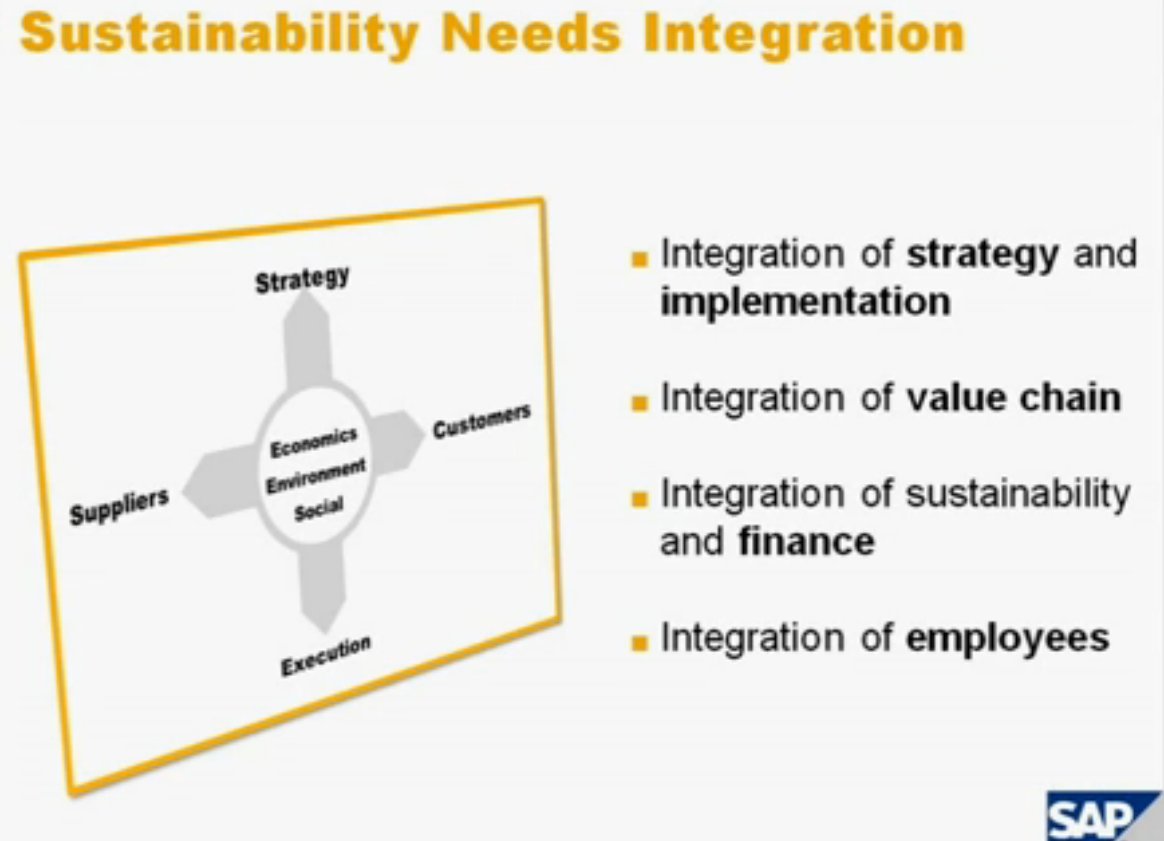
|
| There is a growing recognition that performance must embrace not only the profit dimension, but should comprise social, economic and environmental. This SAP image shows this, but it also highlights the continuing concept that the corporate business is at the center of this universe. TVM frames the system with people and society at the center of the system with Natural Capital and Economic Capital supporting, enabling, improving and sustaining Social Capital. |
| KPMG view of Socio-Enviro-Economic System |
| TPB observation: KPMG is one of the world's largest accountancy firms ... yet this presentation is devoid and any meaningful connection to the core concepts that make accountancy so powerful, and deserving to be at the center of almost every major management information system in the corporate world anywhere on the planet. As I see, it, the accountancy profession is missing a huge opportunity to expand its role in management information by enhancing accountancy to embrace not only financial transactions but all the transactions that impact all the capitals. This is why TVM has the potential to be powerful and a gamechanger. |
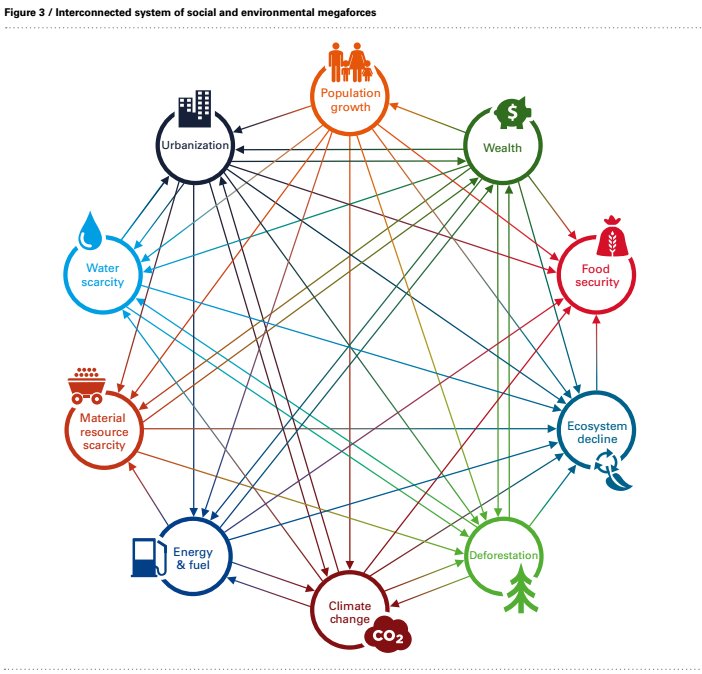
|

|
|
Figure 4 from this report: 'http://truevaluemetrics.org/DBpdfs/ImpactAccounting/KPMG-A-New-Vision-of-Value-2014.pdf' | Open PDF ... KPMG-A-New-Vision-of-Value-2014.pdf |
|
'http://truevaluemetrics.org/DBpdfs/ImpactAccounting/KPMG-A-New-Vision-of-Value-2014.pdf' | Open PDF ... KPMG-A-New-Vision-of-Value-2014.pdf |
|
... Urbanization ... Population Growth ... Wealth ... Food Security ... Ecosystem Decline ... Deforestation ... Climate Change / CO2 ... Energy and Fuel ... Material Resource Scarcity ... Water Scarcity |
|
|